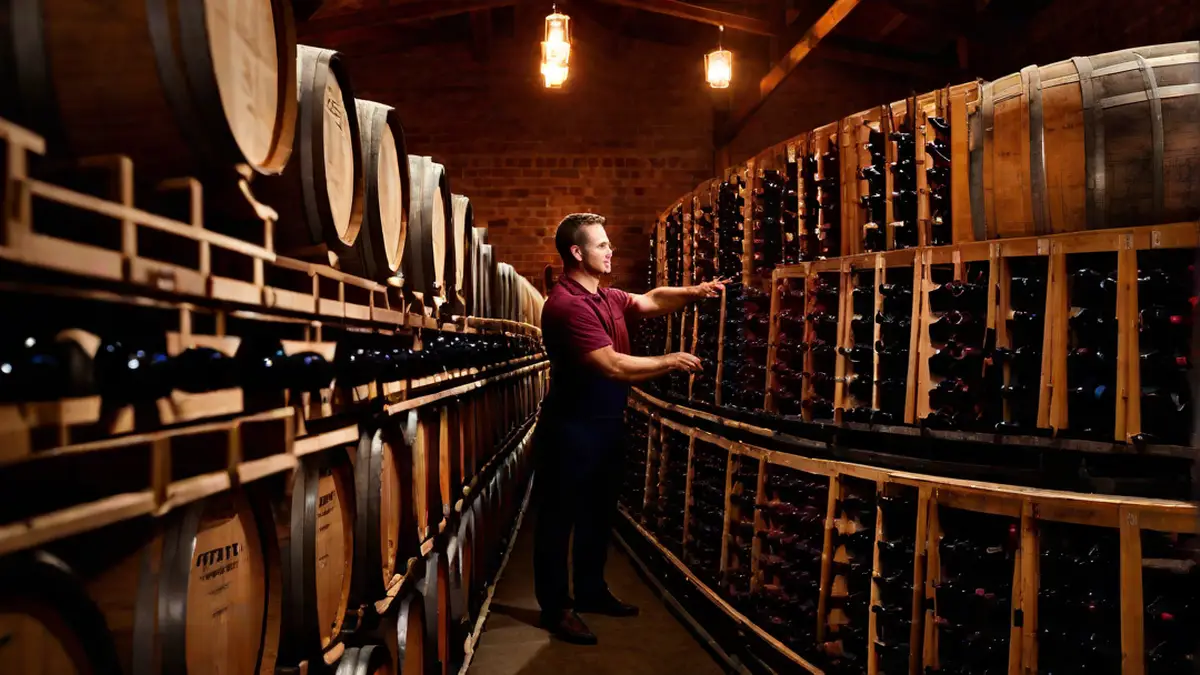Have you ever fantasized about having your own wine label? Let me assure you, it’s not as challenging as it may appear. As a fellow wine lover and individual who has effectively launched my own wine label, I am here to relate my personal experience and assist you through the steps. Prepare to incorporate your unique flair and turn your dreams into reality.
Step 1: Define Your Vision and Brand Identity
Before diving into the winemaking process, it’s crucial to define your vision and brand identity. Ask yourself, what makes your wine brand unique? Is it the type of grapes you’ll use? The winemaking techniques? Or perhaps a specific target market you want to cater to?
Once you have a clear vision, brainstorm and come up with a catchy name for your brand. Remember, your brand name should reflect your wine’s personality and resonate with your target audience.
Step 2: Source the Grapes
The quality of your wine starts with the grapes you use. Research local vineyards and find ones that align with the style and quality you’re aiming for. Visit these vineyards, talk to the growers, and taste their wines. Building a good relationship with the vineyard owners can also lead to better deals and access to high-quality grapes.
Consider the varietals you want to use in your wine. Will it be a single varietal or a blend? Experiment with different combinations to find the perfect flavor profile for your brand.
Step 3: Winemaking Process
Now it’s time to get your hands dirty. Start by destemming and crushing the grapes, and then transfer them to fermentation vessels. The choice of vessel (barrels, tanks, or amphorae) will have an impact on the flavor and style of your wine.
During fermentation, monitor the temperature and adjust as needed. This is where your personal touch comes in. Experiment with different fermentation techniques and yeast strains to develop unique flavors and aromas in your wine.
After fermentation, it’s time to press the wine and transfer it to barrels for aging. Again, the choice of barrels (oak, stainless steel, or concrete) will influence the flavor profile of your wine. Don’t be afraid to try different aging techniques to find the one that suits your brand’s style.
Step 4: Label Design and Packaging
Now that your wine is ready, it’s time to design a label that represents your brand. Hire a professional designer or unleash your creativity and create a label yourself. Make sure the label captures the essence of your brand and stands out on the shelves.
Consider the packaging options for your wine. Will you use traditional cork closures or modern screw caps? What about the bottle shape and size? Remember, the packaging is the first thing that catches the consumer’s eye, so make sure it reflects your brand identity.
Step 5: Marketing and Distribution
With your wine ready to hit the market, it’s time to focus on marketing and distribution. Create a compelling story around your brand and share it through your website, social media channels, and wine tastings. Build relationships with local restaurants, wine shops, and distributors to get your wines in front of potential customers.
Attend wine events and festivals to showcase your brand and engage with wine lovers. Don’t forget to ask for feedback and build a loyal customer base.
Conclusion
Creating your own wine brand is an exciting journey that allows you to express your passion for wine and share it with others. With a clear vision, attention to detail, and perseverance, you can turn your dream into a thriving business. Remember, each bottle of wine is a reflection of your personal touch and creativity. Cheers to your success!
